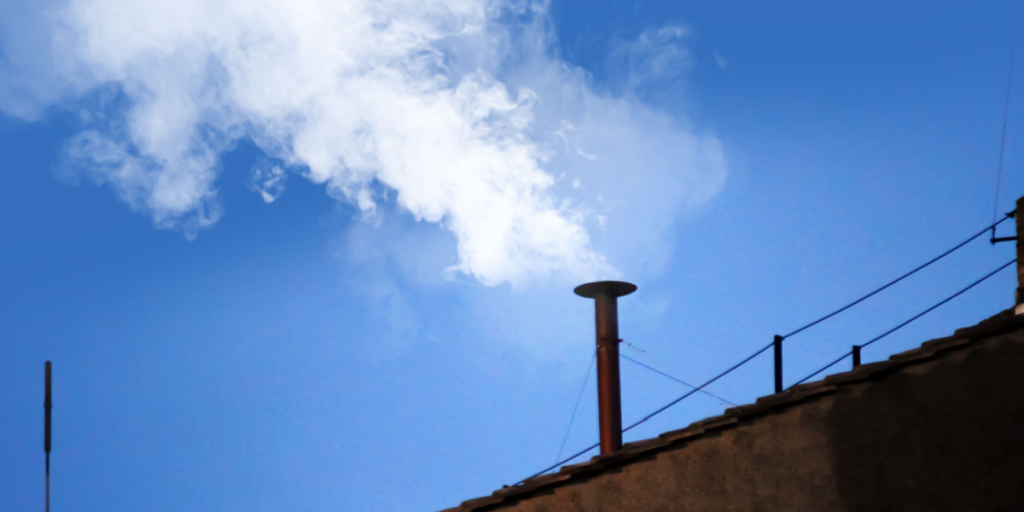From sacred signals to life-saving insights, smoke color tells us more than we think
Others are reading now
With the recent election of a new pope, the eyes of the world once again turned to the rooftop of the Sistine Chapel. As white smoke billowed from the famous chimney, billions recognized the unmistakable symbol: a decision had been made. The visual tradition of conclave smoke may seem like a ritual rooted in the distant past, but its meaning—like its color—is steeped in science. Whether in Vatican ceremonies or emergency fire scenes, the color of smoke can reveal what’s happening beneath the surface.
What Makes Smoke Black?
Black smoke is more than a visual cue; it’s a sign of dense carbon and poor combustion. It often appears during fires involving heavy fuels like oil or plastic, and it signals both toxicity and intensity. This visual language isn’t just for emergency responders—it’s part of the Vatican’s ritual as well. To produce the dramatic black smoke during the 2013 conclave, technicians burned a mixture of potassium perchlorate, anthracene, and sulfur.
When you see a lot of black smoke, you can guarantee that there’s a lot of carbon involved
Glenn Corbett, fire protection engineer at John Jay College
As explained by Popular Science, thick black smoke often indicates synthetic materials are burning, and that the fire is consuming oxygen rapidly.
Also read
The Art—and Chemistry—of White Smoke
Creating white smoke requires a different kind of precision. It generally forms when fires produce vapor or when combustion is cleaner. At the Vatican, it’s not left to chance: potassium chlorate, lactose, and chloroform resin are combined to produce the billowy white plumes that signify a successful vote.
The key ingredients are what oxidizers [are] in there. Oxidizers accelerate the combustion process
Corbett
Oxidizers speed up fire behavior and influence smoke color, making them essential for both symbolic ceremonies and controlled combustion in real-world applications.
How Firefighters Use Smoke to Stay Safe
In the field, smoke color is more than just informative—it can be lifesaving. Firefighters are trained to interpret the smoke’s hue, speed, and density to gauge how a fire is behaving and when it may be about to escalate dangerously.
We use color of smoke, velocity of smoke or how quickly it is being pumped out of a building, and angriness of smoke, to tell us what we’re going into.
Corbett
“Angry” smoke—dark, fast, and turbulent—can be a red flag for an imminent flashover, when superheated air ignites everything in a room nearly simultaneously. Being able to “read” this behavior helps firefighters time their interventions safely.
From conclaves to crisis zones, smoke has always been a messenger. The difference now is that we not only see what it says—we understand what it means.


